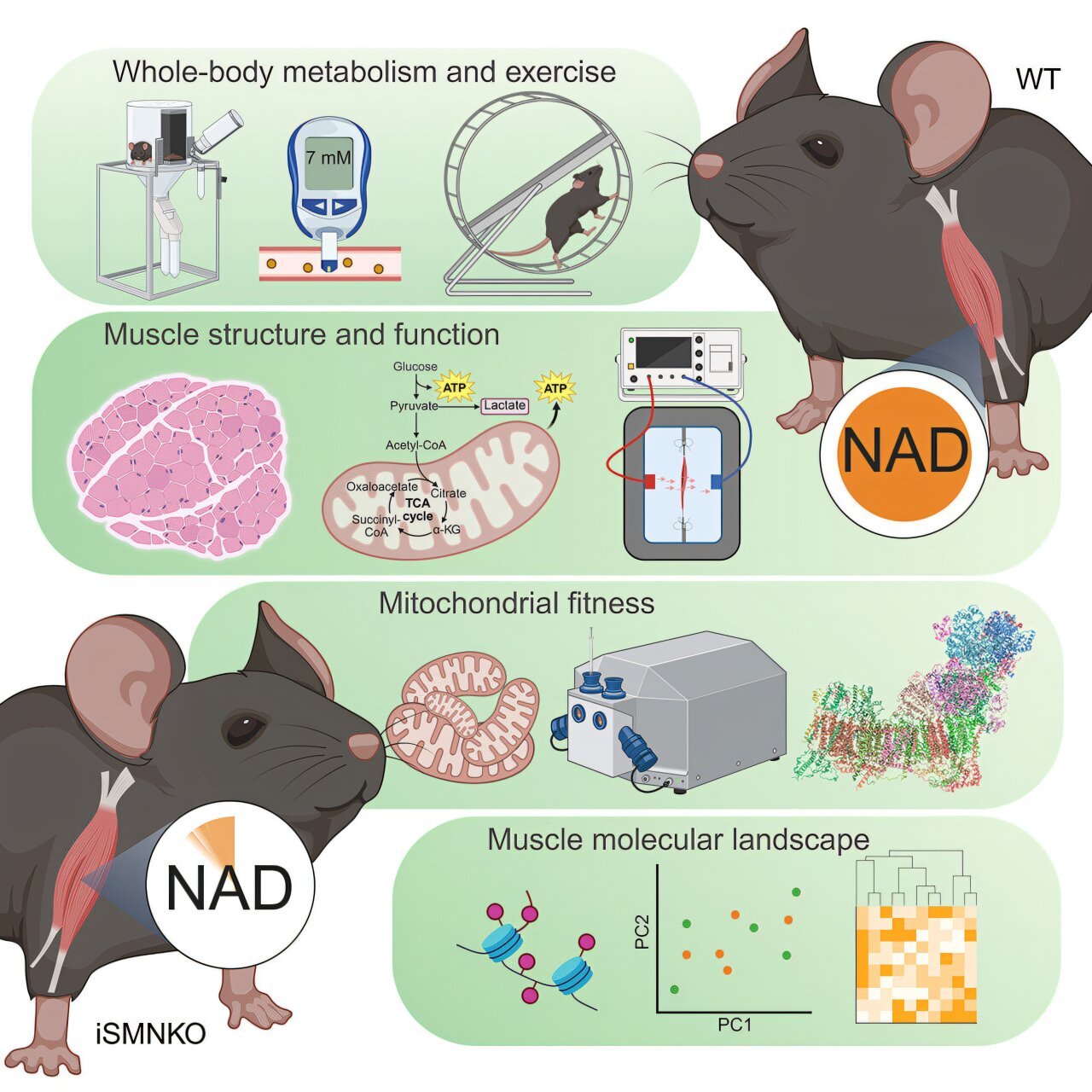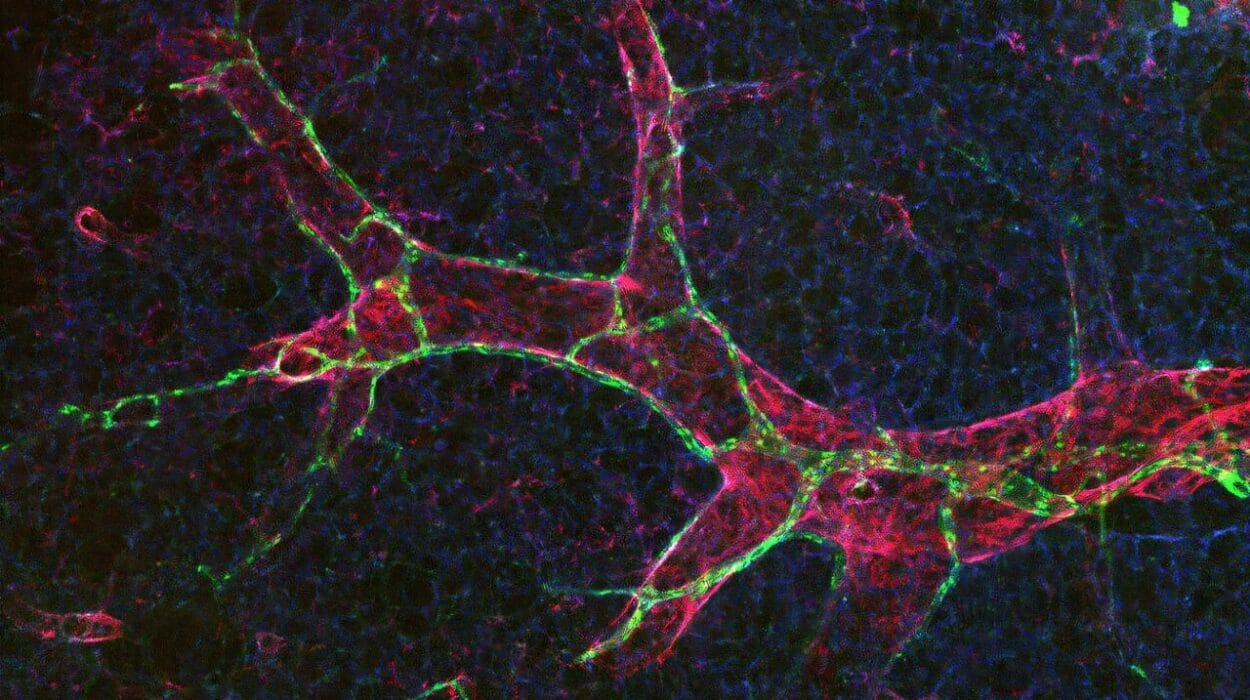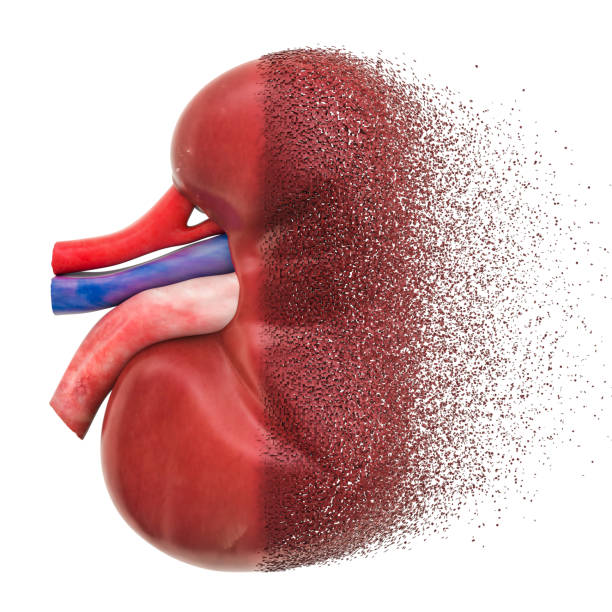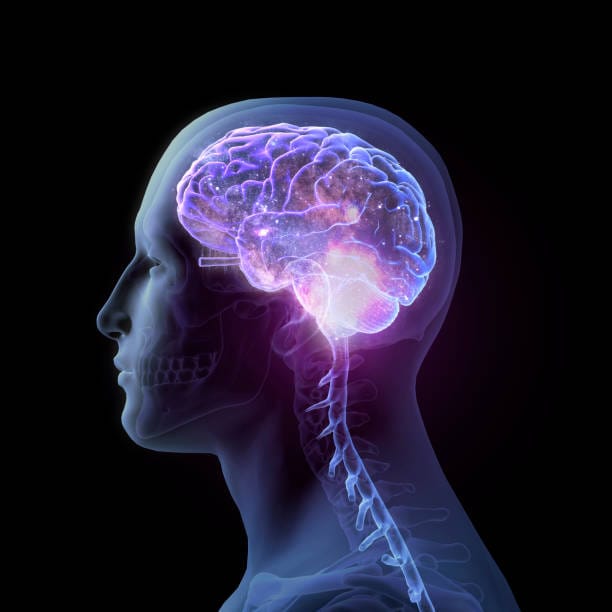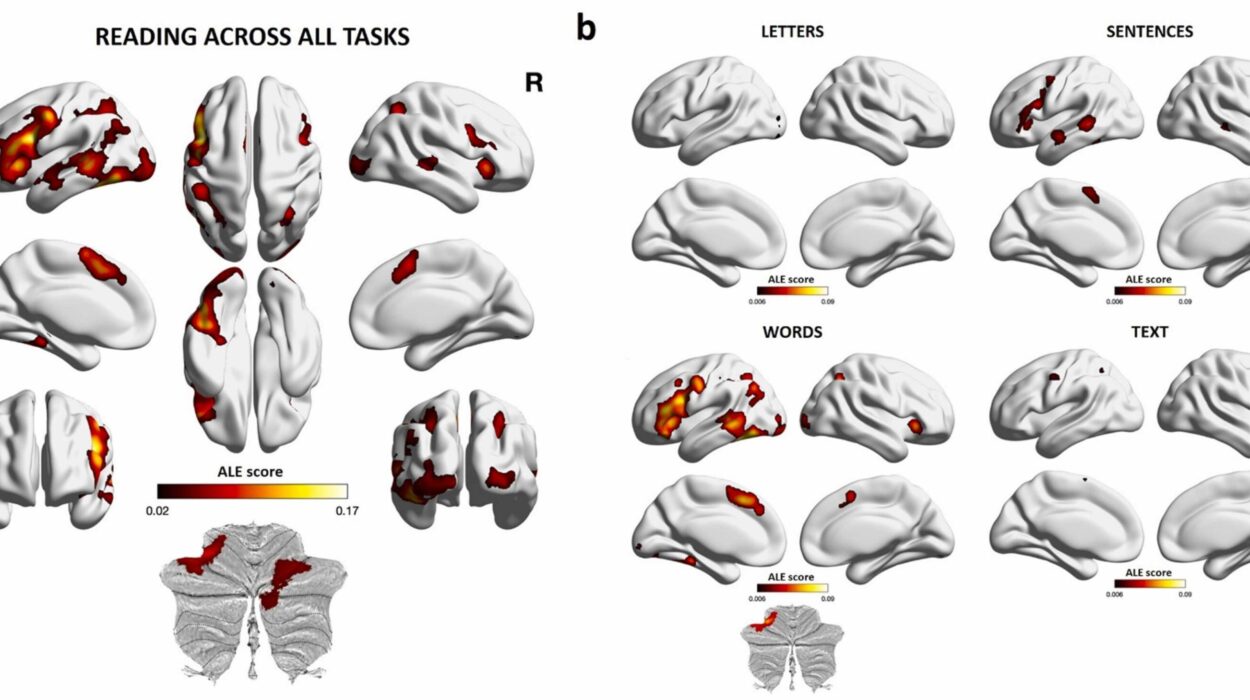In a world increasingly obsessed with longevity, tech entrepreneur Bryan Johnson stands as a living experiment. The millionaire’s relentless quest to reverse his biological age—chronicled in the Netflix documentary Don’t Die: The Man Who Wants to Live Forever—includes everything from plasma infusions to eating dinner at 11 a.m. sharp. But perhaps the most eyebrow-raising detail is this: Johnson swallows over 50 pills a day, many of them containing so-called NAD precursors, molecules touted as elixirs of youth for aging cells.
To many biohackers and longevity enthusiasts, boosting NAD (short for nicotinamide adenine dinucleotide) is the new Holy Grail. Found in every living cell, NAD is essential for converting food into energy, repairing DNA, and maintaining proper cell function. But NAD levels decline naturally with age—by as much as 30% in skeletal muscle—raising concerns that dwindling stores might fuel the decline in energy, muscle function, and metabolic health as we grow older.
Yet a provocative new study from Denmark is shaking the foundation of this belief.
When Less Might Be More: A Bold Experiment in Mice
In a paper published in Cell Metabolism, scientists from the Treebak Group at the NNF Center for Basic Metabolic Research at the University of Copenhagen set out to ask a bold question: What happens when you drastically lower NAD levels in skeletal muscle—by a whopping 85%—in adult mice?
The answer? Surprisingly little.
Despite the massive drop in NAD+, the mice didn’t become frail. Their muscles didn’t waste away. Their metabolism didn’t collapse. In fact, their strength, endurance, and metabolic markers stayed largely intact—even throughout their full lifespan.
“Our results suggest that skeletal muscle can tolerate substantial NAD depletion without loss of function or accelerated aging,” explains Associate Professor Jonas Treebak, corresponding author of the study. “This challenges the prevailing view that NAD+ decline is a primary driver of muscle aging and frailty.”
Rethinking a Core Assumption in Aging Research
To understand why this is such a radical finding, it helps to explore why NAD has garnered so much attention in recent years. NAD acts as a coenzyme—a helper molecule that assists in hundreds of chemical reactions in the body. It plays a starring role in mitochondrial function, where it helps convert nutrients into ATP, the cellular energy currency.
Because of this central role in metabolism, researchers long believed that NAD levels were tightly linked to aging and age-related decline. When levels drop, cells are thought to lose their ability to function efficiently, leading to a slow breakdown of muscle strength, energy production, and metabolic flexibility. That belief helped fuel a multi-million-dollar industry of NAD supplements and precursors like nicotinamide riboside (NR) and nicotinamide mononucleotide (NMN), marketed to rejuvenate aging cells.
But the Copenhagen study delivers a striking counterpoint. Using advanced genetic tools, the researchers engineered mice whose NAD levels in skeletal muscle could be depleted after they reached adulthood—ensuring that any effects observed were not due to developmental issues but reflected the impact of NAD depletion on mature muscle.
The result? A scientific curveball.
Life Without NAD (Sort Of): What Actually Happened to the Mice
Even though their muscle NAD+ levels dropped by an eye-watering 85%, the mice didn’t lose muscle mass. They didn’t show signs of muscle fatigue, reduced exercise capacity, or accelerated biological aging. On the contrary, their day-to-day lives looked surprisingly normal.
“We were astonished,” said Sabina Chubanava, the lead researcher and Ph.D. student who conducted much of the work. “Healthy skeletal muscle function is not as reliant on high levels of NAD as previously thought.”
This wasn’t just surface-level observation. The team looked deep under the hood—analyzing gene expression, protein synthesis, mitochondrial activity, and even DNA methylation, an epigenetic marker closely associated with biological aging. Still, no signs of premature aging emerged.
Somewhat paradoxically, even when these mice were pushed to their physical limits, they showed only minor signs of energetic stress during exercise—something akin to a bit more fatigue but without any drop in actual performance.
What Does This Mean for Human Aging?
While mice are not humans, the implications of this study are hard to ignore.
For one, it suggests that the drop in NAD levels with age—at least in skeletal muscle—may not be the primary villain it was once thought to be. While it’s true that NAD depletion can impair cellular function in extreme cases (especially in conditions involving DNA damage or oxidative stress), this research suggests that normal or even substantial declines in muscle NAD might be well tolerated.
Second, it calls into question the efficacy of NAD supplements aimed specifically at enhancing muscle health or reversing physical decline. If muscles can perform just fine with drastically lower NAD, what are we really gaining from megadoses of precursors?
That’s not to say NAD isn’t important—it absolutely is. But its role may be more nuanced, and highly context-dependent. For instance, it’s possible that other tissues—like the brain, liver, or immune system—are more sensitive to NAD declines than skeletal muscle. Or that NAD replenishment is only effective when levels are critically low due to disease or damage.
The Longevity Industry’s Reckoning?
The implications for the booming NAD supplement industry could be significant. In recent years, dozens of companies have launched products promising everything from increased energy to age reversal—many citing NAD’s role in cellular health as the backbone of their claims.
But while NAD precursors like NMN and NR have shown promise in some studies—particularly in mice exposed to stress, injury, or aging-like conditions—the benefits in healthy, aging humans remain less clear.
Indeed, several recent human trials have found minimal effects of NAD supplementation on muscle function, endurance, or metabolic health in otherwise healthy adults. These new findings provide a possible explanation: maybe those modest NAD declines with age aren’t as biologically consequential as once believed—at least in muscles.
As Professor Treebak puts it, “This doesn’t mean NAD isn’t important. But it does mean we need to be more thoughtful about where and how we try to intervene. Throwing more NAD into the system might not be the magic bullet we hoped for.”
Complexity Beneath the Surface
The study also highlights a deeper truth in biology: things are rarely as simple as they seem.
Aging is a complex, multi-dimensional process involving the interplay of genetics, metabolism, epigenetics, environmental exposure, and immune function. While NAD decline is one piece of that puzzle, it may not be the master regulator of aging that some headlines suggest.
In fact, muscles might be uniquely equipped to adapt to declining NAD levels. They can shift their metabolic strategies, increase efficiency, or utilize backup pathways that compensate for the lack of NAD.
And that adaptability might explain why even a dramatic 85% drop didn’t derail muscle function in the mice.
Should You Ditch Your NAD Supplements?
That depends.
If you’re already taking NAD precursors under medical supervision for a diagnosed condition—such as a mitochondrial disorder or certain forms of fatigue—there may still be a place for them. Likewise, ongoing studies are exploring NAD’s potential role in neurodegenerative diseases, cardiovascular health, and immune function, where benefits may yet emerge.
But if you’re a healthy adult taking NAD boosters in the hope of growing stronger or slowing down time, this study suggests your money might be better spent elsewhere.
Instead of chasing one molecule, it might be wiser to focus on broader, proven pillars of healthy aging: exercise, sleep, nutrition, stress management, and meaningful social connection. These interventions may not come in a capsule, but they’ve stood the test of time—and peer review.
A Cautionary Tale for Biohacking
Bryan Johnson’s multi-million-dollar anti-aging regime may turn heads, but research like this is a sobering reminder that biology is not easily hacked. The allure of miracle molecules is strong, especially in a world where aging feels like the ultimate opponent. But longevity science is still in its adolescence—and like all teenagers, it sometimes believes it knows more than it does.
In the meantime, scientists like those in the Treebak Group are doing the essential work of separating hype from truth, one mouse and one molecule at a time.
And perhaps that’s the real key to longevity: not just extending life, but deepening our understanding of what makes life function, thrive, and endure.
Reference: Sabina Chubanava et al, NAD depletion in skeletal muscle does not compromise muscle function or accelerate aging, Cell Metabolism (2025). DOI: 10.1016/j.cmet.2025.04.002
